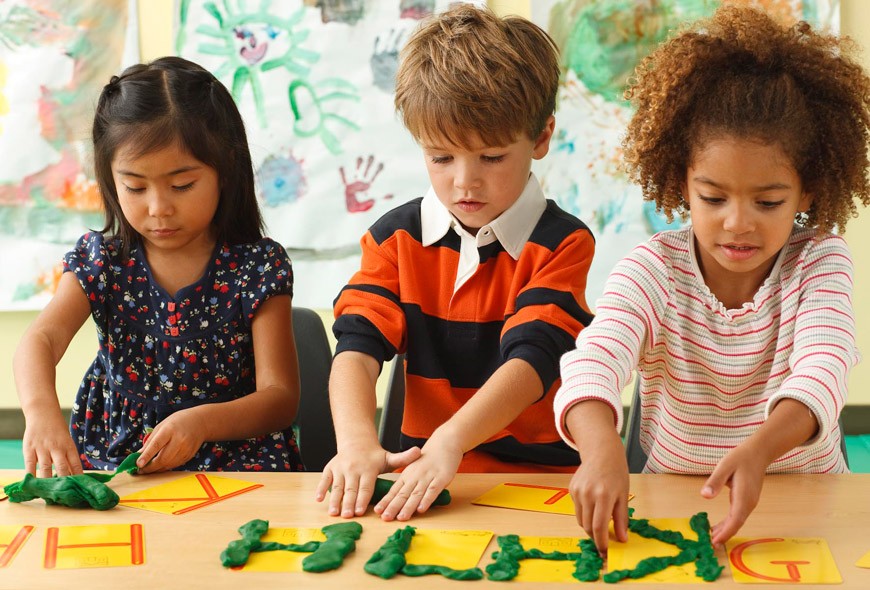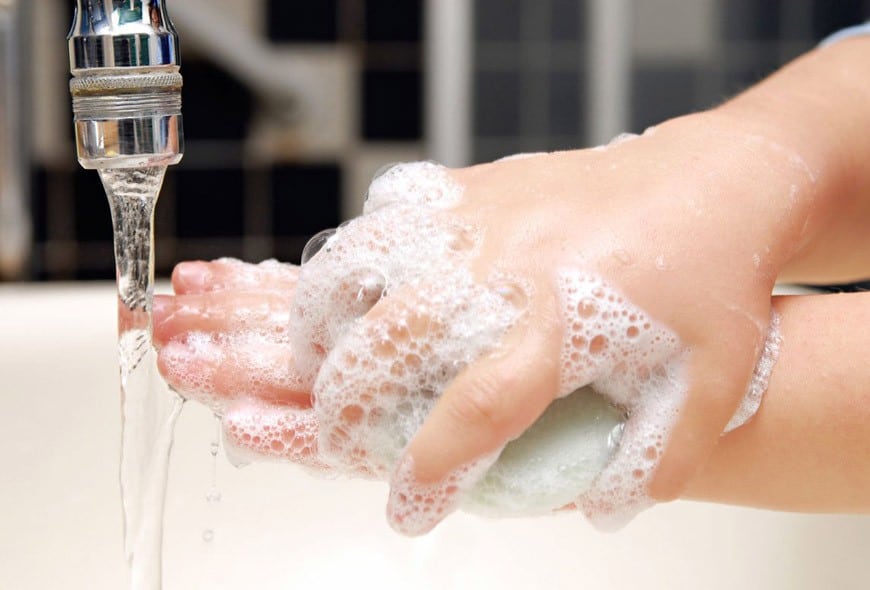You get them but you don’t want them. They’re there but you can’t see them. They’re easy to find, simple to lose and yet, like an uprooted weed, they just keep coming back. What are they? They . . . are germs.
Kids, Germs and The Fallout
On average, a child catches three colds per year. In a family with children attending school, the number of colds caught by each child in the household may even be as high as twelve per year. Children account for a high percentage of illness because a child is born with a weak immune system, rendering the body’s biological barricades an ill-equipped fortress at the mercy of constant infection flanks. Because a child’s underdeveloped immune system leaves the child susceptible to infection, any location where children come into contact with other children presents high risk for illness transmission . . . and what is one location that immediately comes to mind?
Of course, the school stands as the reigning bacterial bath where children splash about in each other’s insidious immune invaders on a daily basis. In fact, a recent survey found that 84 percent of parents say that their child picks up the most germs at school. Adding fuel to the fire, children spend at least six hours per day, five days per week and nine months per year interacting with other children at school. Therefore, when a child’s frail immune system is tossed into that kindergarten kitchen sink, a flood of invaders overwhelms the child’s vulnerable defenses.
Adults possess stronger immune systems (built upon years of germ-fought trial and error) and are less susceptible to infection than a child’s immune system. However, the parents (and the entire household) are nonetheless significantly hindered by a child’s illness. A recent study indicated that 60 percent of parents believe that if their child has a cold, they’ll catch it too, which leads to days of missed work and reduced household income. Additionally, parents are affected by their child’s illness because of the time parents have to devote to caring for the ill child. Millions of parents stay home from work to care for their sick child every day. In fact, when added to the days adults miss from work when they are also sick, the combined economic impact of cold-related work loss annually exceeds 20 billion dollars.
So, what if billions of dollars and days of misery could be saved each year if people simply learned to apply some basic hygiene techniques to their daily routine?
Germ Prevention and Fighting Infection
Dr. Keri Peterson, M.D., recently spoke to MiLLENNiAL and related several quick tips for teaching children methods of preventing infection, raising a child’s hygiene awareness and creating a No Germ Zone.
Such health tips include:
- Teaching children to wash their hands when the parent isn’t around. Studies found that 95 percent of people don’t wash their hands correctly. Instruct the child to wet their hands with clean, running water, apply soap and lather their hands (including the back of the hands, in between the fingers and under the nails) for twenty seconds. Finally, rinse the hands under running water and dry with a clean towel or with an air dryer.
- If the child isn’t in a place where they have access to soap and water, teach the child to clean their hands with Wet Ones antibacterial wipes. Wet Ones hand wipes kill 99.99 percent of bacteria. Wet Ones hand wipes also use an Aloe formula, which prevents the dry skin and irritation symptom commonly produced by the use of hand sanitizers.
- Teach children not to touch their eyes or mouth. Germs often get inside the body through the eyes, mouth and nose and consequentially cause a person to become ill.
- Teach kids to cough or sneeze into their elbows. A sneeze can expel nose particles over 100 miles per hour and the particles can spread over an almost three-feet radius.
Additionally, it’s important for parents to teach their children to be conscious of the surfaces they touch and the areas where they are spending time. Besides schools, other common germ hotspots (locations and surfaces) include airplanes, grocery carts, escalators, gas pumps, restaurant menus, restroom door handles, condiment dispensers, cell phones and lemon or lime wedges. And while people often believe that colds can be prevented and treated by taking Vitamin C or by using decongestants, this is actually a misconception. Vitamin C does nothing to prevent or reduce the symptoms of a cold and decongestants can actually make the kids even more ill.
Teaching a child a simple yet thorough Germ Lesson Plan is the most effective means of infection prevention. Averting illness can be accomplished by teaching a child to merely use their common sense through maintaining awareness of surroundings and employing simple hygiene tactics in day-to-day activities. As Dr. Keri Peterson says, parents “should lead by example and demonstrate the behaviors themselves . . . if you can get this program on track with your families, hopefully you can keep germs out of the house a little more.”



